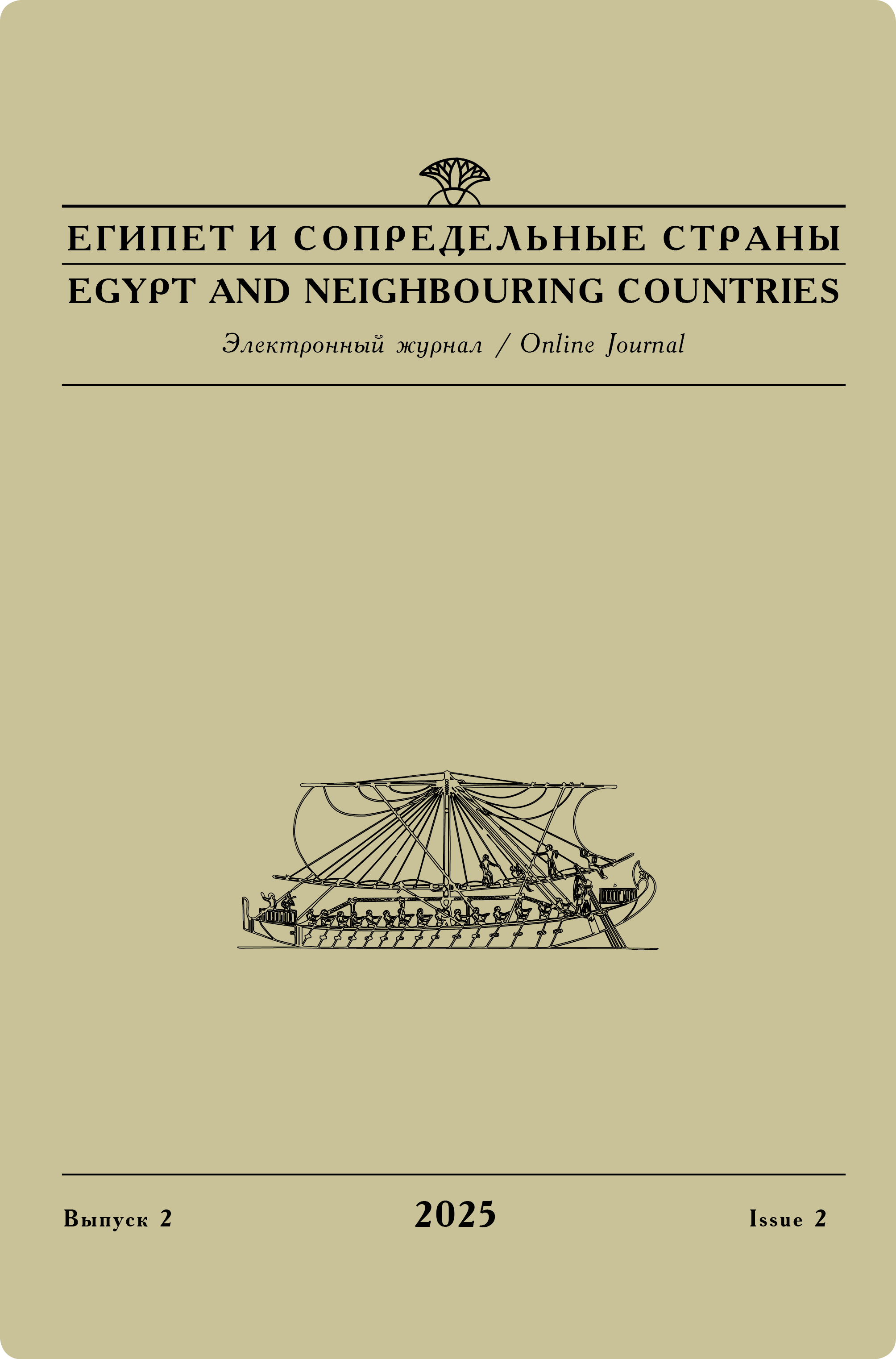Issue 1, 2019
O. V. Orfinskaya
Lenta, tkannaia na doshchechkakh, s nekropolia Deir-al'-Banat: k voprosu o tkan'e na doshchechkakh [A tablet-woven ribbon from the necropolis of Deir al-Banat: some considerations on tablet-weaving]
This article is focused on studying a child’s linen tunic found in filling of the grave 312 at Deir al-Banat. Hem and sleeves of this tunic are decorated with a tablet-woven wool ribbon. Such rib-bons are rare finds at Egyptian Late Antique sites. The only exception is ribbons from the necropolis of Antinopolis where the main part of so-called ‘Sasanian’ textiles was probably produced in local workshops with Persian participation. But why, being able to form starting boarders with help of tablets, Egyptian craftsmen did not develop this technique? The fact that there was no develop-ment is indicated by the following. Firstly, as it was mentioned, finds of tablet-woven ribbons are extremely rare. Secondly, finds of tablets themselves are nearly absent. And finally, the major part of starting boarders was made of four boarder threads (by two tablets with two holes). Study of the ribbon from Deir al-Banat arose in a question: did Egyptian weavers use tablets to form starting boarders? Further research in this field will allow scholars to have it answered.
Keywords:
Egypt, costume, tablet-weaving, textile techniques.
Original language — Russian.
DOI: 10.24411/2686-9276-2019-00003
Referring: Orfinskaya O. V. A tablet-woven ribbon from the necropolis of Deir al-Banat: some considerations on tablet-weaving [in Russian] // Egypt and neighbouring countries 1 (2019): 36–48. DOI: 10.24411/2686-9276-2019-00003.
Read full article




